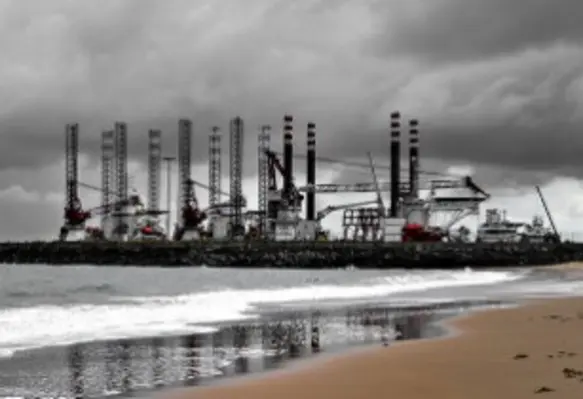In 2016, world gas reserves were increased by 0.9 per cent, driven by the US, Nigeria and Iraq, and world gas production was increased by 0.7 per cent, driven mainly by new Australian LNG plants, according to Eni’s second volume of the world oil and gas review
The review provides figures and statistics on natural gas, biofuels and modern renewable energy sources including wind and solar.
Russia remains the top holder of gas reserves, with a share of 25 per cent of the world’s total. Among the top ten, six are OPEC countries with 32 per cent of the world’s total, said the report.
In the US, the world’s largest producer of natural gas, production slightly declined by 3.2 per cent, after a 10 year of growth driven by the shale gas boom. In Europe, Norway’s production was almost flat after a strong jump in 2015, while output continued to decline in the European Union by three per cent. In Russia, the world’s second gas producer, output resumed growth after the decline registered in 2016.
World gas demand recorded robust growth in 2016, with an increase of two per cent. This is mainly due to the strong recovery in Europe because of the power sector and weather conditions, and in the Asia-Pacific region. Gas demand also rose substantially in India and South Korea, the UK, Germany, Italy and France reported the highest increases in Europe.
At the end of 2016, installed solar and wind capacity accounted for almost 40 per cent of total installed renewable power capacity. China leads the market for solar and wind with an installed capacity of 226 GW, which is 30 per cent of the world’s total.
In 2016, solar photovoltaic capacity additions grew by 50 per cent compared to 2015, reaching 71 GW driven by declining cost of technology.
Solar and wind contributions to the primary energy demand is still marginal, around one per cent, while in terms of power generation it represents 4.5 per cent, said Eni.









